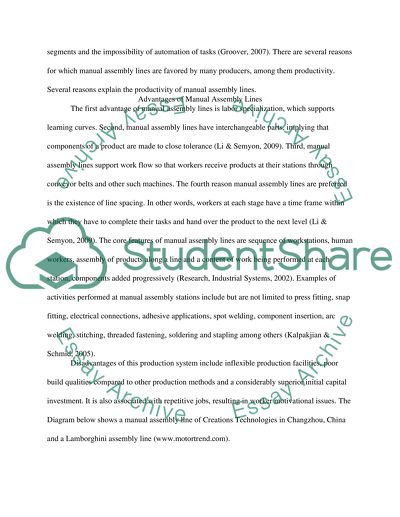Production systems Literature review Example | Topics and Well Written Essays - 750 words. Retrieved from https://studentshare.org/engineering-and-construction/1484955-production-systems
Production Systems Literature Review Example | Topics and Well Written Essays - 750 Words. https://studentshare.org/engineering-and-construction/1484955-production-systems.


